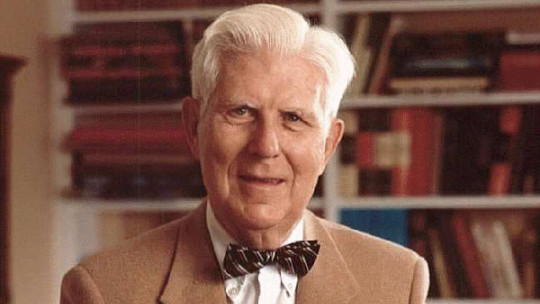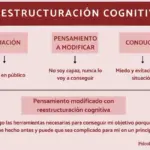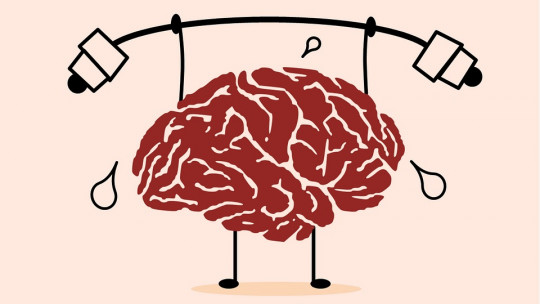The cognitive psychology It is a branch of psychology that deals with the processes through which the individual obtains knowledge of the world and becomes aware of his or her environment, as well as its results.
Cognitive models pay special attention to cognitions, understanding these in a broad sense to include ideas, personal constructs, beliefs, images, attributions of meaning or meaning, expectations… and that is why studies basic processes such as memory, attention, concept formation, information processing, conflict resolution etc.
Cognitive psychology and cognitive therapy in context
Modern cognitive psychology has been formed under the influence of related disciplines, such as information processing, artificial intelligence and language science. But this branch of psychology is not only an experimental approach, but has been put into practice in different areas: learning, social psychology or psychotherapy. The latter is called cognitive therapy.
It is important to establish a difference between cognitive psychology and cognitive psychotherapybecause although both are related, the most prominent authors of cognitive psychology made their main developments far from psychotherapeutic centers. On the other hand, cognitive psychotherapy designed specific methods (treatments) based on some developments in cognitive psychology (cognitive science), since clinical researchers soon saw the usefulness of these principles when applied to different people with different problems to improve their quality. of life, solve human problems and treat mental disorders.
The pioneers in cognitive therapy: Aaron Beck and Albert Ellis
The pioneers in using the bases of cognitive science systematically for the treatment of psychological disorders were psychologists. Albert Ellis and Aaron Beck. The first called his therapeutic application model “Rational Emotive Behavioral Therapy” (REBT) and the second called his therapy method “Cognitive Therapy ”.
It is important to highlight that there are different models of cognitive therapy, and these are two of the best known due to their great practical usefulness. Cognitive therapies are not “techniques”, but applied scienceso they usually consist of a more or less defined method to achieve objectives according to their starting theoretical approach.
Aaron Beck’s model basically focuses on automatic thoughts and cognitive distortions, and Albert Ellis’s Rational Emotive Behavioral Therapy focuses mainly on irrational beliefs. There are similarities between the two, but also differences, for example: Beck’s Cognitive Therapy is based on collaborative empiricism; On the other hand, Ellis uses Socratic dialogue or debate as his main therapeutic tool.
Aaron Beck’s Cognitive Therapy
The main idea of Cognitive Therapy is that People suffer because of their interpretation of events and not because of them themselves. Therefore, Aaron Beck, interested in the treatment of depression, developed a model for the treatment of this pathology that he later extended to other disorders.
Beck’s model, and also Ellis’s, They are an important part of the strategies used within cognitive-behavioral therapy So, through the cognitive restructuringan individual is capable of modifying the way of interpretation and subjective evaluation of the facts and situations he or she experiences, and in this way he is stimulated to alter disordered thought patterns and see himself and the world of more realistic and adaptive way.
This type of cognitive (or cognitive-behavioral) therapies are called “relational or cognitive restructuring therapies”, but there are also other types of cognitive therapies such as: skills training therapies to confront and manage situations or problem solving.
Cognitive organization according to Beck’s model
The model proposed by Beck states that When faced with a situation, individuals do not respond automatically, but before issuing an emotional or behavioral response, they perceive, classify, interpret, evaluate and assign meaning to the stimulus. depending on your prior assumptions either cognitive schemes (also called core beliefs).
The cognitive schemes
In Beck’s theory, lCognitive processes are the mechanisms of encoding, storage and retrieval of information existing in cognitive structures. (schemes). Therefore, cognitive processes include: perception, attention, memory and interpretation. In information processing, errors can occur in any of its phases that result in an alteration or distortion in the assessment and interpretation of facts, what the author calls “cognitive distortions.”
The cognitive structures for organizing information in memory are the schemeswhich represent the set of previous experiences and act as molds that direct attention, influence the interpretation of events and facilitate memory.
For Beck, “schemas are stable cognitive patterns that constitute the basis of the regularity of interpretations of reality. People use their schemas to locate, encode, differentiate, and attribute meaning to data in the world. In other words, Schemas are subjective mental constructions, more or less stable, that act as filters when perceiving the world by the individual.
Schemas largely come from previous (generally early) learning experiences and can remain latent until activated by a significant event that interacts with them. This is one of the most important concepts that cognitive psychology has contributed, and although it was originally introduced by Frederick Bartlett to refer to processes related to memory in the social context, and was also used, among others, by Jean Piaget in the educational field, Beck (along with Ellis) introduced it into the psychotherapeutic field.
The beliefs
The beliefs They are the contents of the schemes, and they are the direct result of the relationship between reality and them. They are everything you believe in, they are like internal maps that allow us to make sense of the world, are built and generalized through experience.
Beck distinguishes two types of beliefs:
Cognitive products
The cognitive products they refer to the thoughts and images that result from the interaction of information provided by the situation, schemas and beliefs, and cognitive processes. The contents of cognitive products are usually more easily accessible to consciousness than cognitive schemas and processes.
Beck’s explanatory model of depression
For Beck, psychological disorders derive from cognitive distortions (errors in cognitive processes), which are wrong ways of thinking that appear in the form of automatic thoughts (cognitive products) in certain situations, and that cause negative emotional states and inappropriate behaviors. Therefore, These cognitive distortions are caused by irrational beliefs or personal assumptions learned in the past. which unconsciously condition the perception and interpretation of the past, present and future.
People who suffer from depression become vulnerable in certain situations, and it is important to understand that this theory does not propose that cognitions are the cause of depression or another emotional disorder, what is really postulated is the primacy of the symptoms: The activation of negative schemas and the consequent cognitive distortions would be the first link in the chain of depressive symptoms.
The cognitive triad in people with depression
When a person faces a certain situation, the schema is the basis for transforming data into cognitions. Since the schemas that are activated in a certain situation will determine how that person responds, inappropriate schemas will be activated in people who suffer from a depressive disorder.
Therefore, The first depressive symptom is the activation of cognitive schemes related to the vision of oneself, the world and the future. People with negative schemas or a tendency to make processing errors will be more likely to suffer from depressive disorders.
The cognitive triad It refers to three characteristic schemas that induce the depressed individual to perceive himself, the world, and the future from a negative point of view. The rest of the depressive symptoms you suffer from are derived from these three cognitive patterns.
The characteristic pattern that depressed people suffer from, and which Beck calls the depressive triad, consists of a negative view of:
Cognitive distortions
The negative schemes activated in depressed individuals They lead them to commit a series of errors in the processing of information facilitated by the biases and allow the depressive to maintain the validity of their beliefs. Beck listed a series of cognitive distortions, they are as follows:
Automatic thoughts
Therefore, when these characteristic schemes of depressed people are activated, cognitive products will be maladaptive and negative.
The automatic thoughts They are the internal dialogues, thoughts or images that appear in a given situation, and patients usually consider them to be true, undistorted statements. These show a series of characteristics and are the following:









